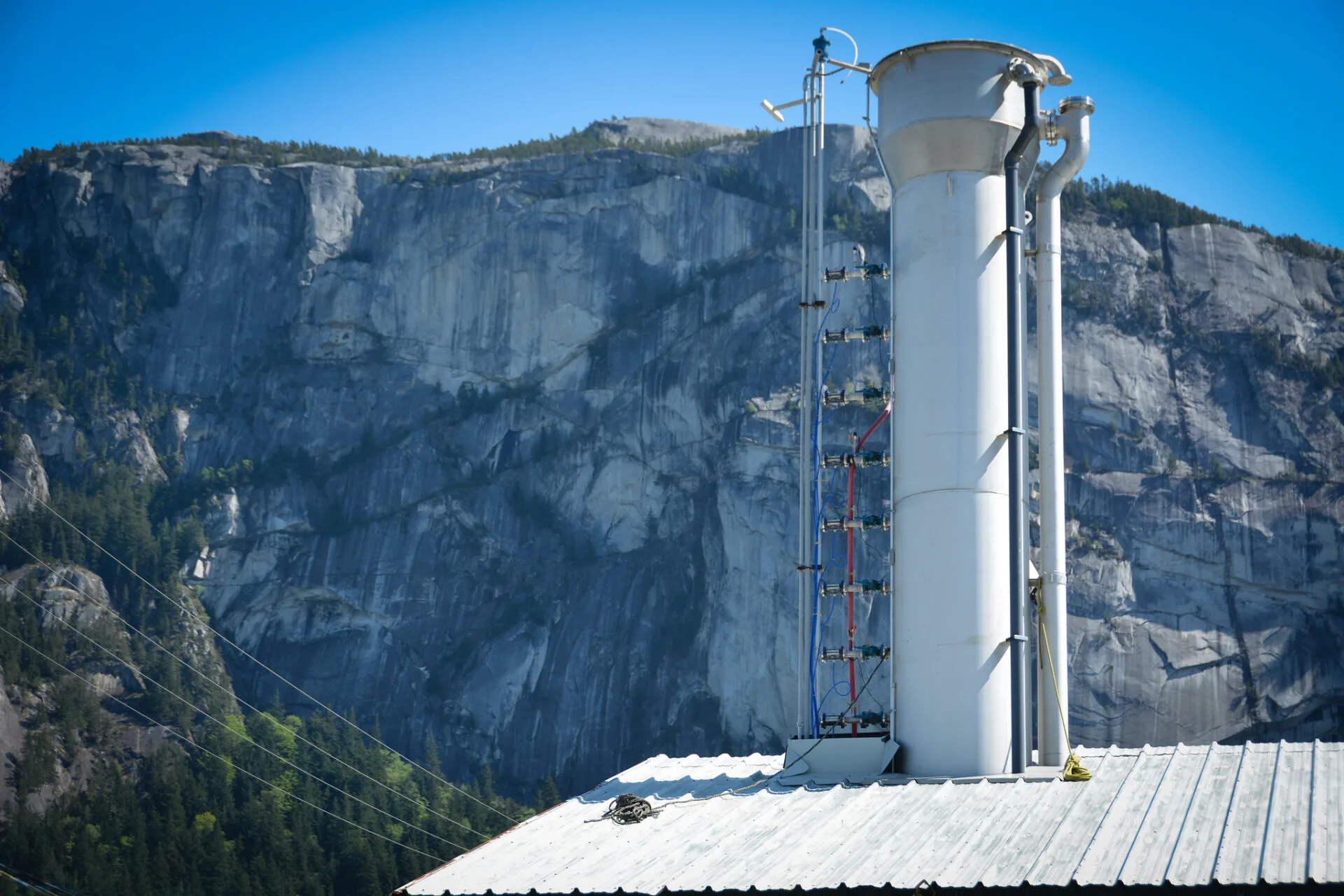I read somewhere that you could pump CO2 into a saline aquifer and have it stay there indefinitely. Should we be capturing the CO2 from breweries and doing this? Ethanol fuel production? I mean all these plants are doing direct air capture already. If we just route the off gassing underground it would seem like a cheap way to leverage existing technology.
There are several ways to store CO2 underground, of which the mechanism you describe is one. There remain issues with getting the CO2 from the places you describe to geologically suitable locations.
Above and beyond it, what you’ve described and the high cost of doing it, this is what we end up with:
Fifteen CCS facilities are currently operating in the United States. Together, they have the capacity to capture 0.4 percent of the nation’s total annual CO2 emissions. An additional 121 CCS facilities are under construction or in development. If all of them were completed, they would increase the nation’s CCS capacity to 3 percent of current annual CO2 emissions.
Those percentages are small in part because CCS is generally used in sectors that have the lowest costs for capturing CO2—such as natural gas processing and ammonia and ethanol production—and those sectors account for a small share of total U.S. CO2 emissions. Almost all CCS facilities recoup some of their costs by using the captured CO2 to force more oil out of partially depleted oil wells.
Oxy estimates that the project will separate 500,000 tons of carbon dioxide per year and cost about $1 billion to build. Adding in operations and maintenance, we, and others, estimate the total costs will be more than $500 per ton of avoided carbon dioxide.
As a point of reference, if you replace a 10mi/16km drive to work with a bicycle commute, per year you’d save 356kg of CO2. Source
In other words, that’s $1 billion to remove as much carbon as 1.4 million people replacing a drive to work with a bike ride to work and $250 million dollars in each subsequent year.
Edit: Another comparison is that running that carbon capture facility is equivalent to offsetting 0.134 coal plants in one year. It is much, much cheaper to invest in renewable energy and reduce car dependency than to spend on carbon capture.
Removed by mod
Great then we just set the global carbon price at $500/t and remove it using this. If somebody finds a cheaper solution, then they can do that instead. Since the fossil fuel giants love CCS, they surely support it.




